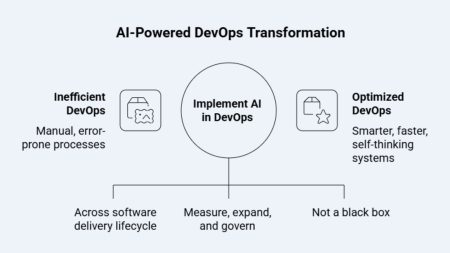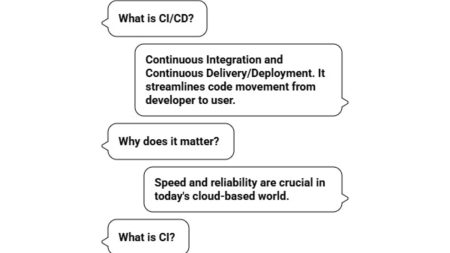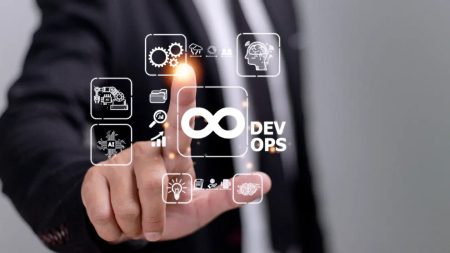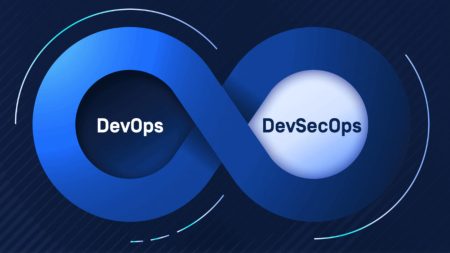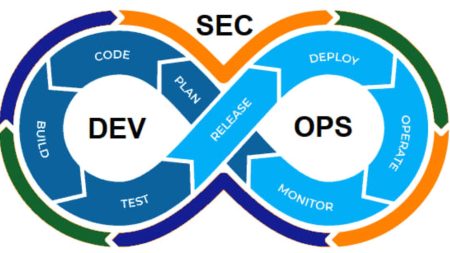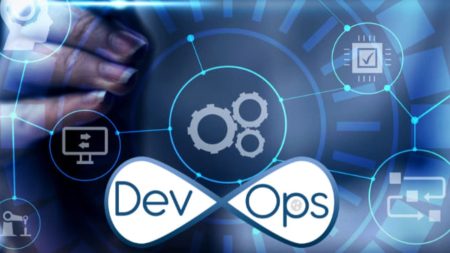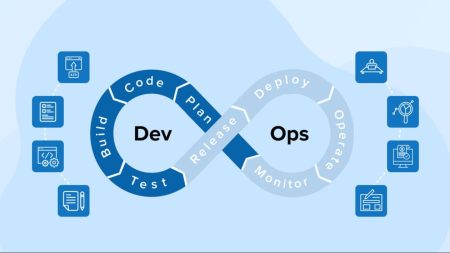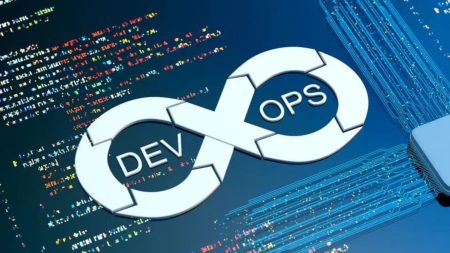In the era of growing cyber threats, integrating security into DevOps is no longer optional—it’s essential. Our article explores DevSecOps, a methodology that embeds security practices at every phase of the software development lifecycle. Discover how to seamlessly blend security with speed and agility, ensuring your applications are as secure as they are efficient.
Why Security in DevOps Matters?
So, why integrate DevOps to DevSecOps? Security breaches can significantly tarnish a company’s reputation and have dire financial implications. Hence, integrating security into DevOps process ensures that vulnerabilities are identified and addressed early, reducing potential risks. This proactive approach safeguards data and streamlines compliance with regulatory standards.
Steps to Integrating Security into DevOps
What’s included DevSecOps integration? Here next steps of integrating security into the DevSecOps toolchain:
- Integrate Security Tools into the CI/CD Pipeline: Incorporate automated security tools that can scan for vulnerabilities in code, dependencies, and deployment environments as part of your continuous integration and delivery CI/CD DevOps pipeline.
- Shift Security Left: Start security measures early in the development process. Encourage developers to incorporate security considerations from the planning phase and throughout the software development lifecycle.
- Foster Collaboration Between Teams: Create a culture where security, development, and operations teams collaborate and share responsibility for security. This can be facilitated through regular training and cross-team meetings.
- Implement DevSecOps Best Practices: Adopt practices such as infrastructure as code (IaC), policy as code, and secure coding standards to enhance security posture regarding DevOps and security.
- Continuous Monitoring and Feedback: Utilize monitoring tools to track the security of applications in production. Ensure that feedback from these tools is incorporated into the development process to address any vulnerabilities promptly.
- Education and Training: Provide ongoing education and training for the development team on the latest security threats and mitigation strategies. This ensures that the team is always equipped to handle emerging security challenges.
Initiation of Culture Change from the Top Down
Leadership’s commitment to security is critical in driving a culture change throughout an organization. By setting a solid example and prioritizing security at the highest levels, leaders can significantly influence all employees’ adoption of security best practices. This top-down approach embeds a security-first mindset and ensures that security considerations are integral to the decision-making process at every level.
Employment Automation Whenever It’s Possible
Automating repetitive and time-consuming security tasks frees the team to focus on more complex issues, enhancing productivity. Furthermore, automation ensures consistency and reduces the likelihood of human error in the security process.
Keeping Security Practices Must Be Simple
Simplification of security practices leads to better adoption rates among team members. Organizations can ensure that these practices are integrated into daily workflows by making security procedures clear and easy to follow, as well as by continuous security monitoring for DevOps. This approach maximizes efficiency and significantly reinforces the overall security framework.
Secure Development is a Continuous Improvement Process
Recognizing that cyber threats evolve rapidly, organizations must treat secure development as an ongoing effort rather than a one-time goal. Continuous assessment, updates, and improvements to security measures are vital in sustaining a strong defense against emerging threats.
How to Automate Security in DevOps?
Automation is vital in enhancing security measures while simplifying practices to ensure better compliance and incorporation into daily operations. Incorporating security for DevOps pipeline requires a strategic approach, starting with integrating security tools that automate code analysis and vulnerability scanning. This allows teams to identify and address security issues early in development, significantly reducing potential risks. Additionally, fostering a culture where security and development teams collaborate closely ensures that security is not an afterthought but a fundamental aspect of the development lifecycle.
Can an Outsourcing Team Integrate Security into DevOps?
Engaging an outsourcing team in DevSecOps integrating security into DevOps can be an effective strategy, especially for organizations seeking specialized expertise. These external teams bring a fresh perspective on security best practices and are often more equipped with the latest tools and techniques. However, seamless communication and alignment of goals between the in-house and outsourced teams are crucial to ensure that security measures are effectively incorporated without hindering the development cycle. Integrating security in DevOps process is essential. Continuous improvement is the backbone of a robust security posture, adapting to new threats as they arise. Whether through in-house teams or collaborating with outsourced experts, a security-infused DevOps methodology is the stepping stone towards achieving operational efficiency and a resilient and secure digital environment.


